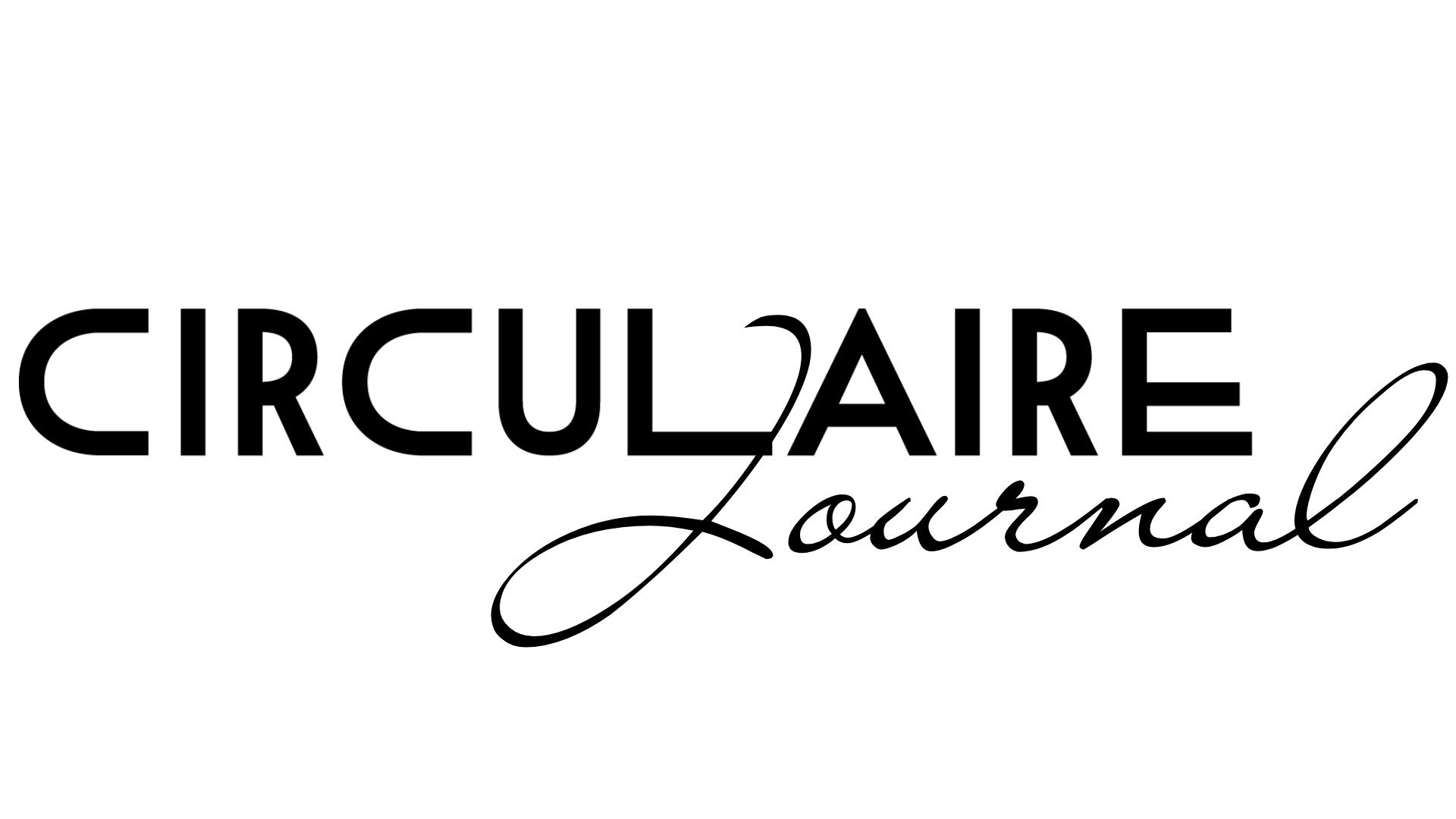In a landmark move towards sustainability, the European Council has given its final approval to the right-to-repair directive, marking a significant shift in consumer rights and environmental protection. This directive aims to make repairing broken or defective goods more accessible, transparent, and economically attractive, thus fostering a circular economy.
Today, the Council has enshrined a new right for consumers across the European Union: the right to have defective products repaired in an easier, cheaper, and faster manner. Alexia Bertrand, Belgian State Secretary for the Budget and Consumer Protection, highlighted the directive's multifaceted benefits, stating, "All economic actors win, and so does the environment."
Repair Made Easier and More Attractive
The newly adopted directive introduces several tools and incentives designed to make repair services more appealing and straightforward for consumers. Key among these is the requirement for manufacturers to repair products that are technically repairable under EU law. This mandate ensures that consumers are no longer forced to replace items that could otherwise be fixed, reducing waste and promoting a culture of sustainability.
To further streamline the repair process, the directive includes the introduction of a voluntary repair form. This form provides consumers with clear information about the repair process, including deadlines and prices, enhancing transparency and trust. Additionally, a European online platform will be established, allowing consumers to easily locate repair services, making the process more convenient.
Another significant aspect of the directive is the extension of the legal guarantee by 12 months if consumers choose to repair instead of replace their products. This not only incentivises repairs but also provides consumers with greater peace of mind regarding the longevity and reliability of their repaired goods.
Future-Proofing the Directive
The directive is designed to be dynamic, with the potential for the list of repairable products to expand over time. Whenever the European Commission introduces new reparability requirements for specific products, these items will be added to the right-to-repair directive, ensuring that the legislation remains relevant and comprehensive as technology and consumer needs evolve.
Next Steps Towards Implementation
With the Council’s approval today, the legislative act has been formally adopted. Following the signing by the Presidents of the European Parliament and the European Council, the directive will be published in the Official Journal of the European Union. It will come into force on the 20th day following its publication. Member states will then have 24 months to transpose the directive into national law, ensuring uniform implementation across the EU.
A Cornerstone of the Circular Economy
This directive forms a crucial part of the New Consumer Agenda and the Circular Economy Action Plan, both of which aim to promote sustainable consumption and production practices within the EU. It complements other recent legislation, such as the ecodesign for sustainable products regulation and the directive on empowering consumers for the green transition. Together, these initiatives aim to enable consumers to make better-informed purchasing decisions and foster a market for durable, repairable products.
By simplifying the repair process and incentivising both consumers and manufacturers to prioritise reparability, the right-to-repair directive represents a significant step forward in the EU's efforts to build a sustainable, circular economy. As Bertrand aptly summarised, “This directive will not only create quality jobs within Europe but also significantly reduce the environmental footprint of our consumption patterns.”
The right-to-repair directive is a testament to the EU’s commitment to sustainability, consumer rights, and economic resilience, heralding a future where repair and reuse are integral to the lifecycle of products.






